Advanced Laser Cataract surgery in Mumbai
The loss of transparency of the natural lens is Cataract. The light entering the eye is obstructed due to opacified lens. Thus causing visual problems.
- Home
- Service
- Cataract
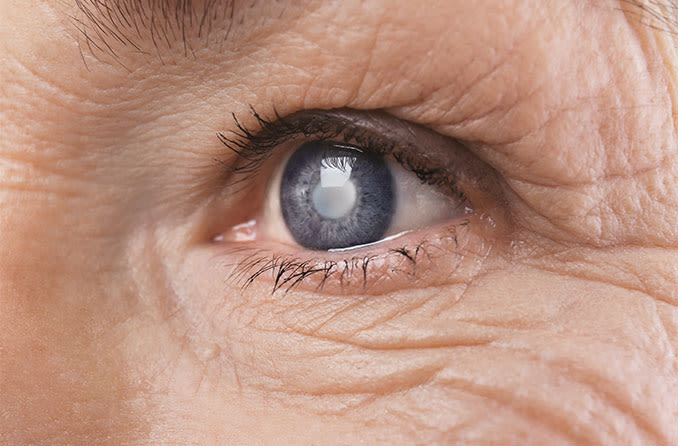
Cataract
The lens of the eye is normally clear. It acts like the lens on a camera, focusing light as it passes to the back of the eye.
Until a person is around age 45, the shape of the lens is able to change. This allows the lens to focus on an object, whether it is close or far away.
As we age, proteins in the lens begin to break down and the lens becomes cloudy. What the eye sees may appear blurry. This condition is known as a cataract.
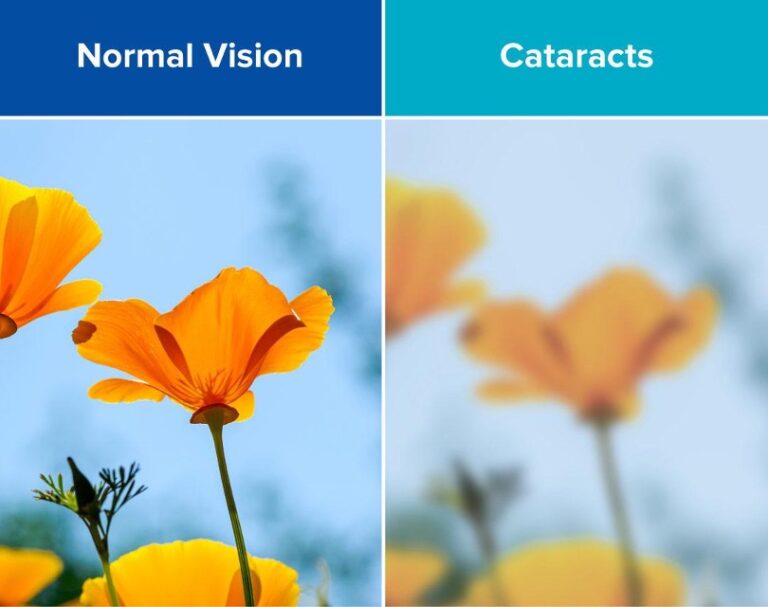
EQUIPMENTS FOR CATARACT EVALUATION AND TREATMENT
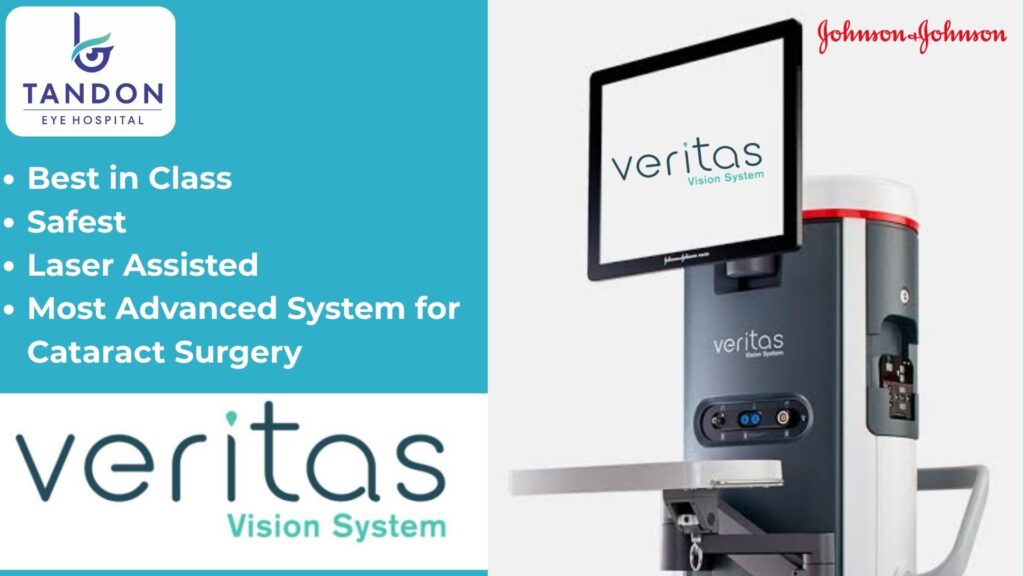
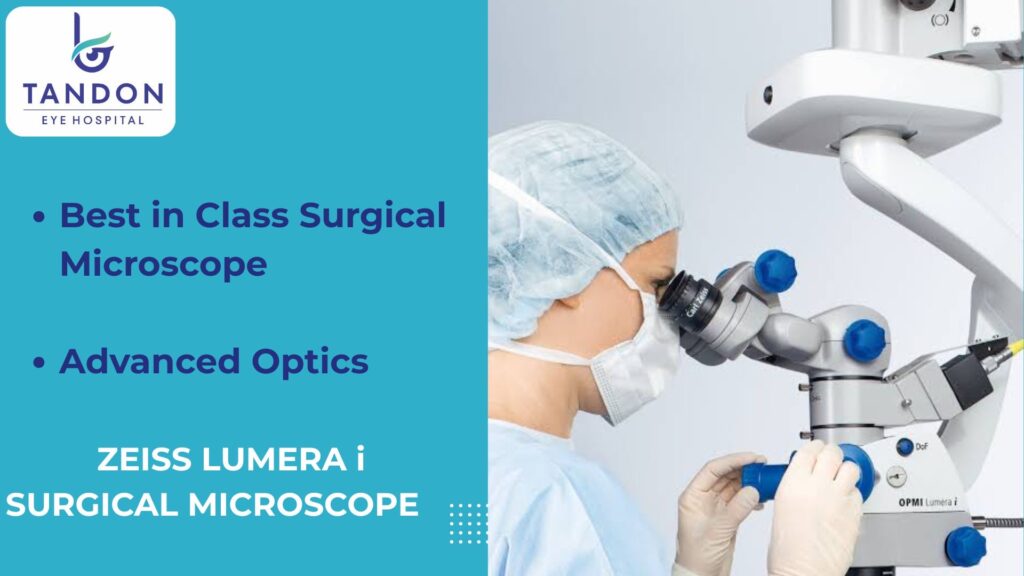
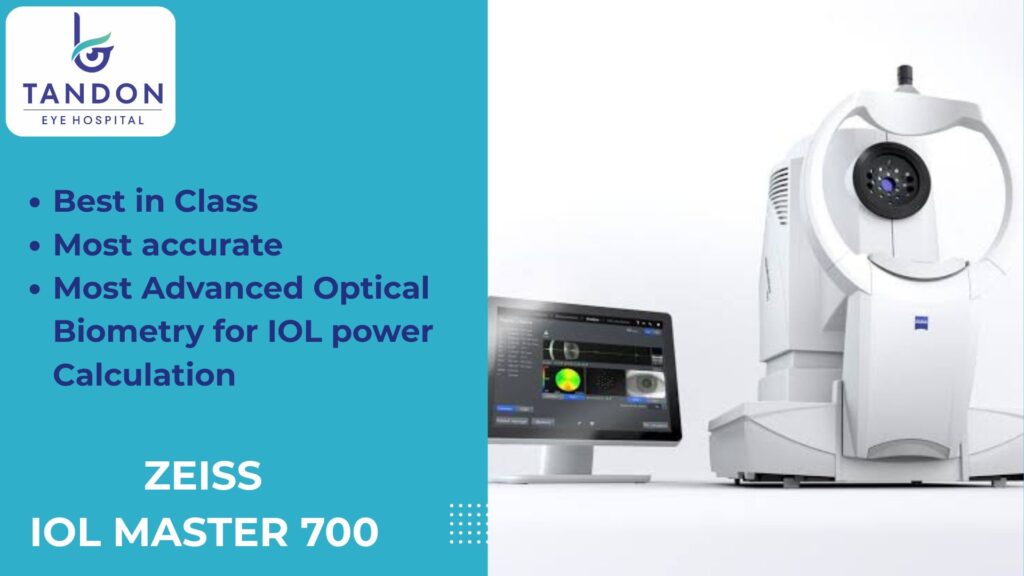
TREATMENTS :
TYPES OF INTRAOCULAR LENS AVAILABLE AT OUR HOSPITAL
Monofocal Lens:

These lenses are the most commonly implanted lenses today. They have equal power in all regions of the lens and can provide high-quality distance vision, usually with only a light pair of spectacles. Monofocal lenses do not correct astigmatism and require corrective lenses for all near tasks, such as reading or writing.
Toric Lens:

Toric lenses have more power in one specific region in the lens to correct astigmatism as well as distance vision for many individuals. While toric lenses can improve distance vision and astigmatism, they still require corrective lenses for all near tasks, such as reading or writing.
EDOF:

The extended-depth-of-focus (EDOF) intraocular lenses represent a modern lens technology that primarily improves intermediate visual acuity, useful for computer work, while providing good distance and near vision. You might require corrective lenses only for very small prints.
Multifocal / Trifocal lens:

Multifocal intraocular lenses are one of the latest advancements in lens technology. These lenses have a variety of regions with different power that allows some individuals to see at a variety of distances, including distance, intermediate, and near, thus patients are spectacle free forever.. While promising, multifocal lenses are not for everyone. They can cause significantly more glare than monofocal or toric lenses
FAQ
Frequently Ask Questions.
Learn more about eye operation, treatment, and best eye surgery in Mumbai, India.
Visual problems may include the following changes :
- Being sensitive to glare
- Cloudy, fuzzy, foggy, or filmy vision
- Difficulty seeing at night or in dim light
- Double vision
- Loss of color intensity
- Problems seeing shapes against a background or the difference between shades of colors
- Seeing halos around lights, Cataracts generally lead to decreased vision, even in daylight.
- Frequent changes in eyeglass prescription
- Diabetes
- Eye inflammation
- Eye injury
- Family history of cataracts
- Radiation exposure
- Smoking
- Surgery for another eye problem
- Long-term use of corticosteroids (taken by mouth) or certain other medications
- Too much exposure to ultraviolet light (sunlight) In many cases, the cause of cataract is unknown.
The Night Before Surgery
Don’t eat or drink anything after midnight the night before your surgery. This includes water, coffee, chewing gum, and mints. If you have been told to continue your daily medication, take it only with small sips of water. Make sure you follow any other instructions your doctor gives you.
Day of your Surgery
Have someone drive you to and from the outpatient surgery clinic or hospital. Plan to be there for about 2 to 3 hours. The surgery is brief. But the hospital staff needs a little time to get you ready for surgery. When you arrive, you may have to sign a consent form. This form explains the risks of surgery.
Just before surgery, your doctor will give you medicine that will relax you and keep you from feeling pain. You may sleep lightly.
First 24 Hours
After surgery, you’ll rest in a recovery area for less than an hour. Even though you may feel fine, you should take it easy. Your doctor will let you know what you should and shouldn’t do once you get home. You may need to wear eye protection the first day. Also, remember to take any eyedrops or other medicine your doctor prescribes.
Back at Home
Spend your first day relaxing at home. Watch TV read, or talk to a friend.
- Don’t rub your eye.
- Don’t lift anything that makes you strain.
- Don’t drink alcohol within the first 24 hours
Getting back in action
You can get back to work in a weeks time after surgery
Cataracts are commonly seen in older people over the age of 60 years. They are rarely seen in infants and young adults.
Cataract surgery is usually performed when the cataract interferes significantly with your vision and your daily routine. You need to visit the eye doctor regularly to monitor its progress.

